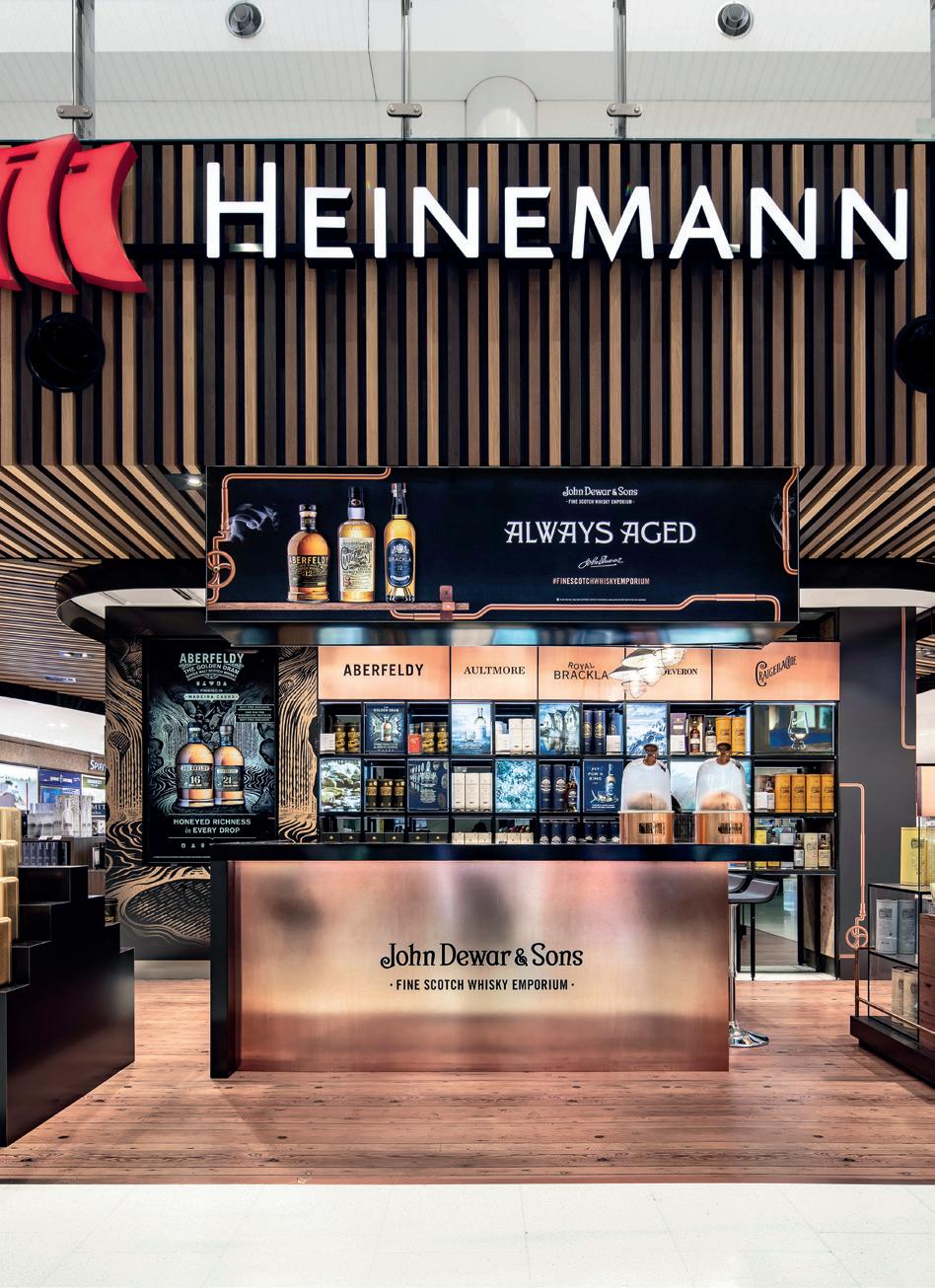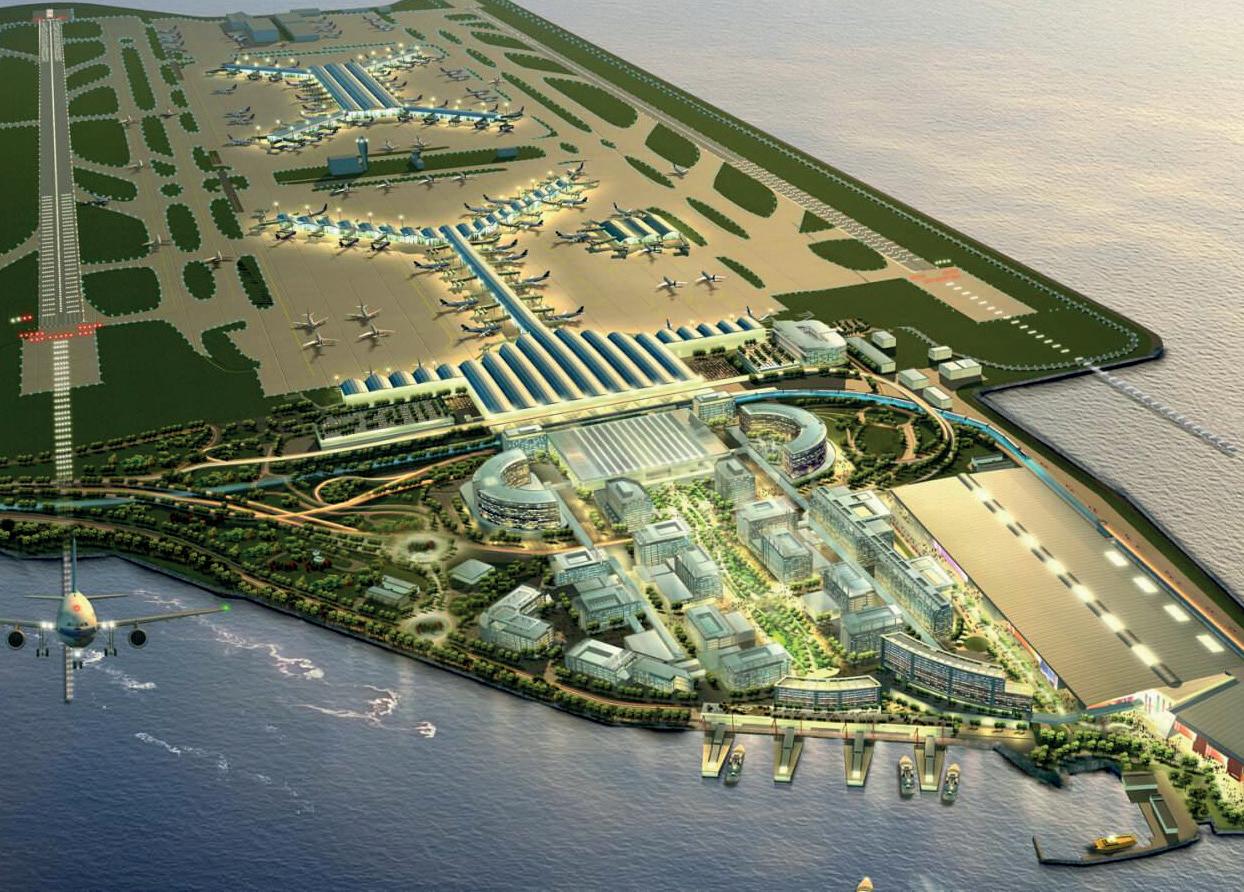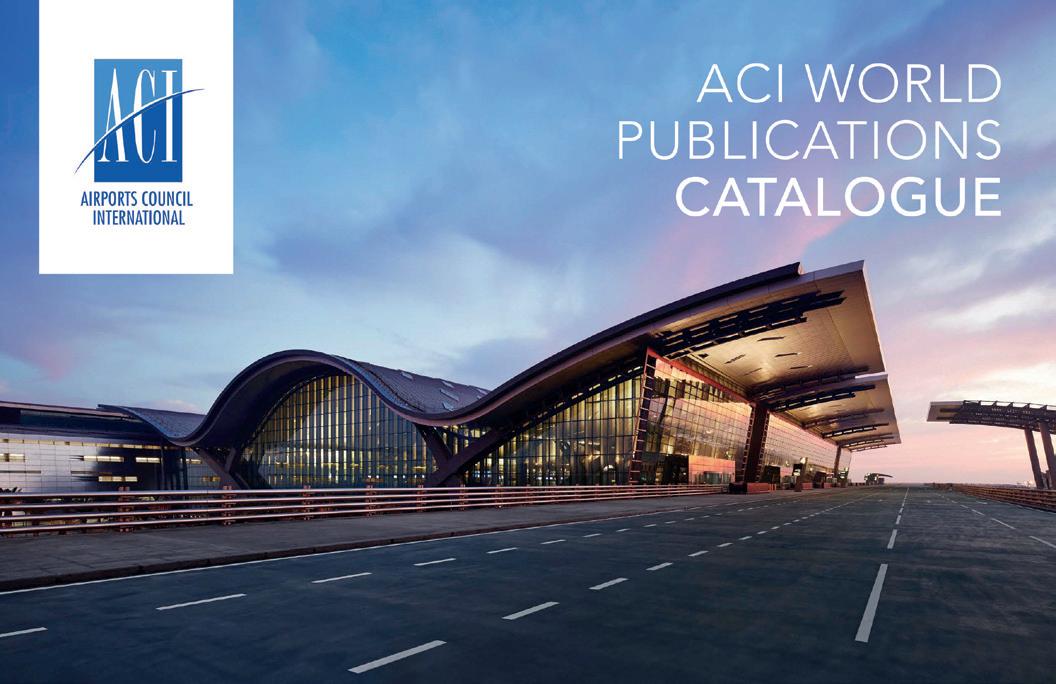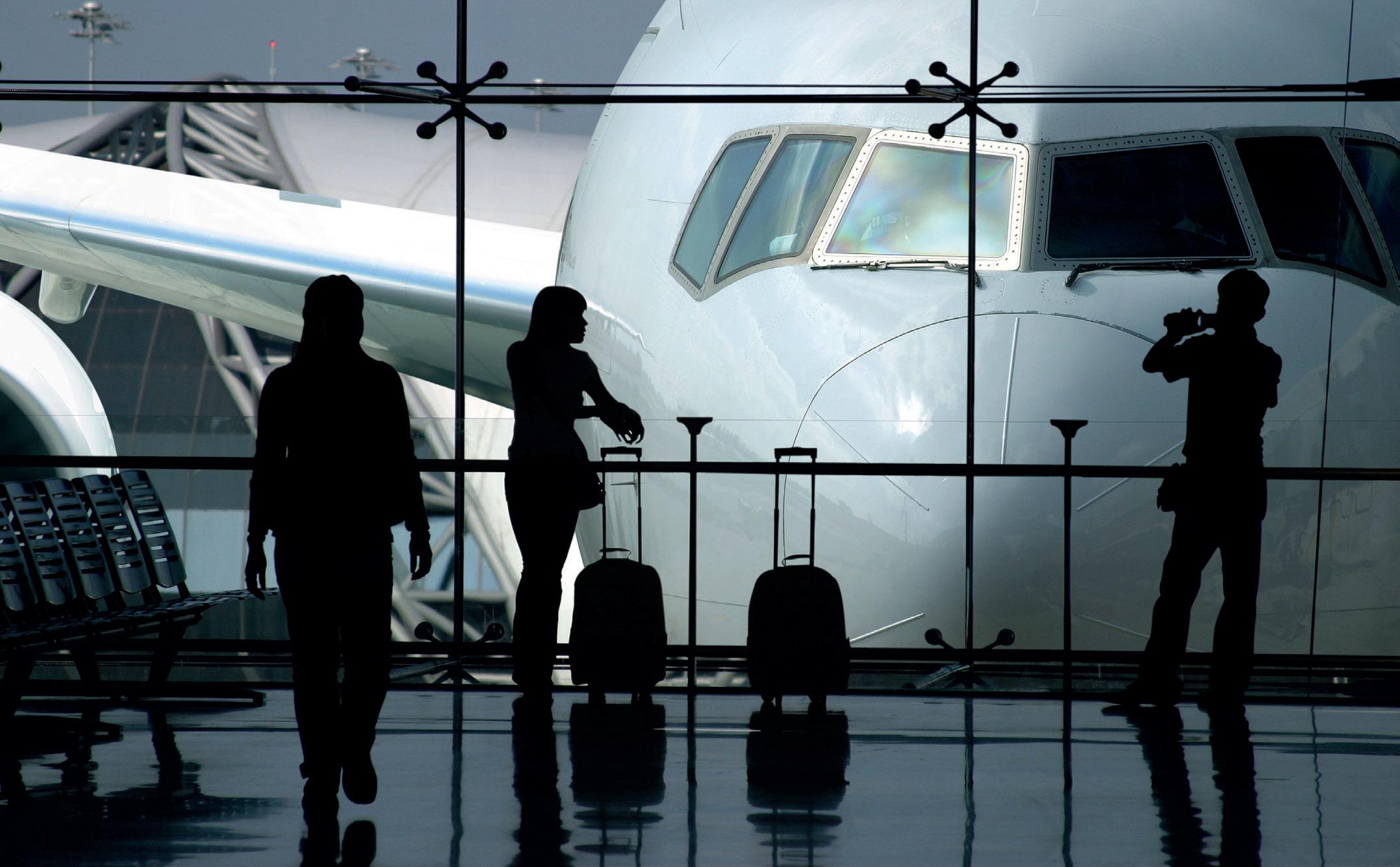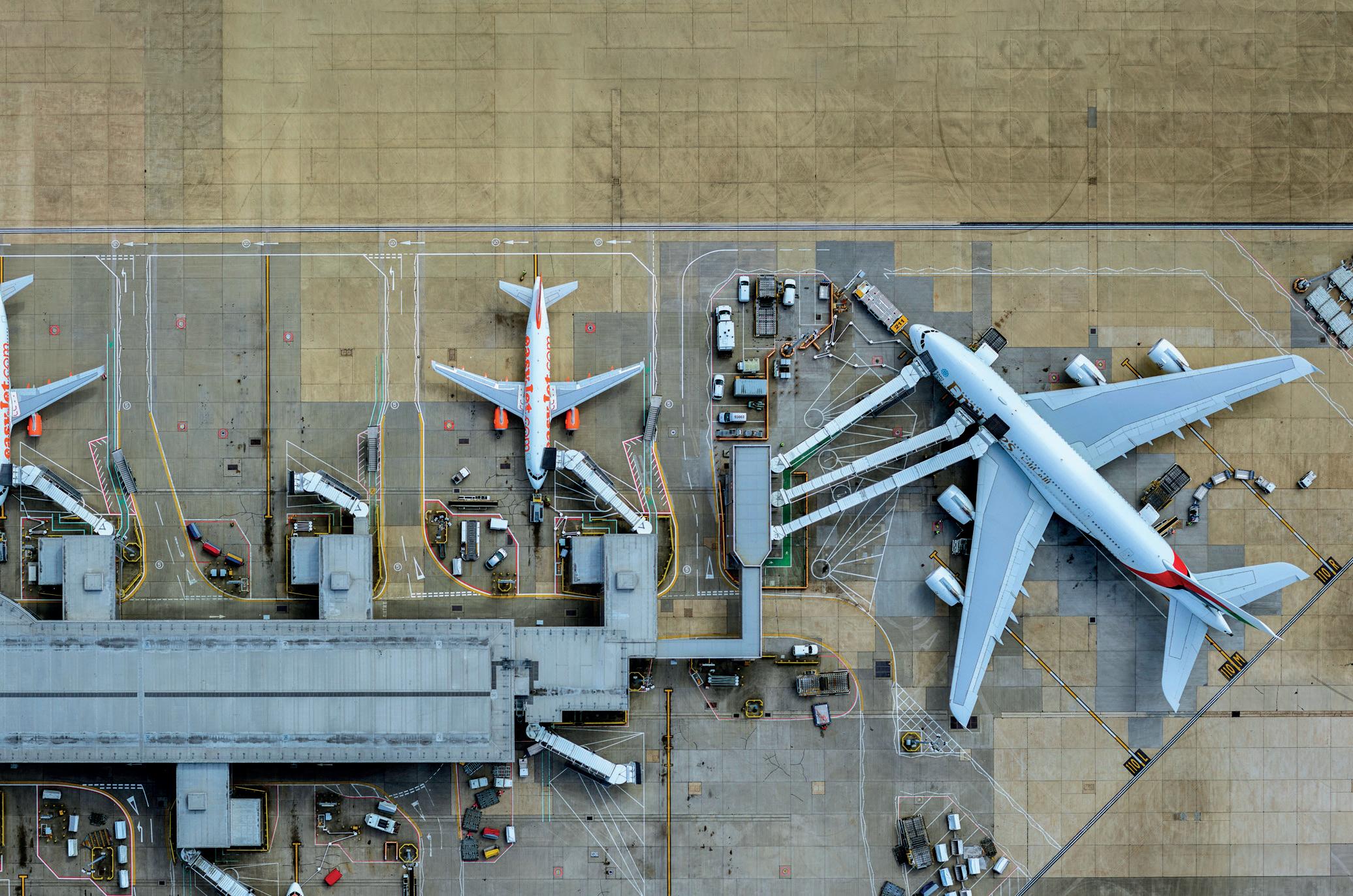SPECIAL REPORT: ECONOMICS & FINANCE
Aerotropolis business magnets How are the world’s airport city/aerotropolis developments faring? Some hugely ambitious projects in the Asia-Pacific region come under the microscope in the first of a two-part global review by Dr John Kasarda.
T
oday’s airports are powerful business magnets and metropolitan region economic accelerators. Functioning much like central train stations of our urban past, they increasingly attract and catalyse business activity, employment and commercial development around and outward from them. But their impact is far greater and more spatially and functionally pervasive. Airports themselves frequently contain thousands of acres of commercial real estate ranging from terminal retail and leisure services (sometimes exceeding billions of US dollars in annual sales) to office buildings, hotels, and convention and exhibition centres to bonded and free trade zones complete with high-tech assembly and value-added logistics along with biomedical product, perishables, and e-commerce distribution. Such commercial development has become instrumental in non-aeronautical revenues exceeding aeronautical revenues for a growing number of airports. As major airports take on most functions of metropolitan centres, including cultural attractions and leisure destinations – epitomised by Singapore Changi’s Jewel – they have become urban realms (airport cities) in their own right. And as the concrete interfaces where the global meets the local in physical flows of time-sensitive, high-value products and people — from fresh lobsters and vaccines to investment bankers and multi-national firm lawyers — air gateways are rapidly drawing modern aviation-oriented businesses and industries to their outlying areas.
36
AIRPORT WORLD/ISSUE 1, 2020
These businesses and industries (and associated residential developments) feed off each other and their accessibility to the airport, giving rise to an extended aerotropolis of which the airport city serves as the multi-modal, multi-functional commercial and logistics core (see www.aerotropolis.com).
Trendsetting China Asia leads the way in airport city and aerotropolis development and China is the region’s most enthusiastic adopter of the aerotropolis model, with more than 100 of its airports and their surrounding areas incorporating its principles. Among the most prominent are Beijing Capital (PEK), Shanghai Hongqiao (SHA), Guangzhou Baiyun (CAN) and Zhengzhou Xinzheng (CGO). Beijing Capital International Airport — Asia’s busiest, serving approximately 100 million passengers in 2019 — is corner-stoned by its airport city logistics park (ACLP). The $900 million ACLP consists of air cargo and air express centres, import/export warehouses, an integrated support service area with related office complexes, and bonded product exhibition. From 2018 to 2020, new enterprises in biomedicine, smart electronics, and cross-border e-commerce located in the airport city logistics park. The ACLP is now part of the 178-square-kilometre Beijing Airport Core Economy Zone (BACEZ) spreading into Beijing’s Shunyi District. The BACEZ contains more than 3,000 enterprises, including operations of over fifty Fortune 500 firms. The Shunyi portion of the zone is continuing its transition from more-traditional industries (automobile production, for example) to

